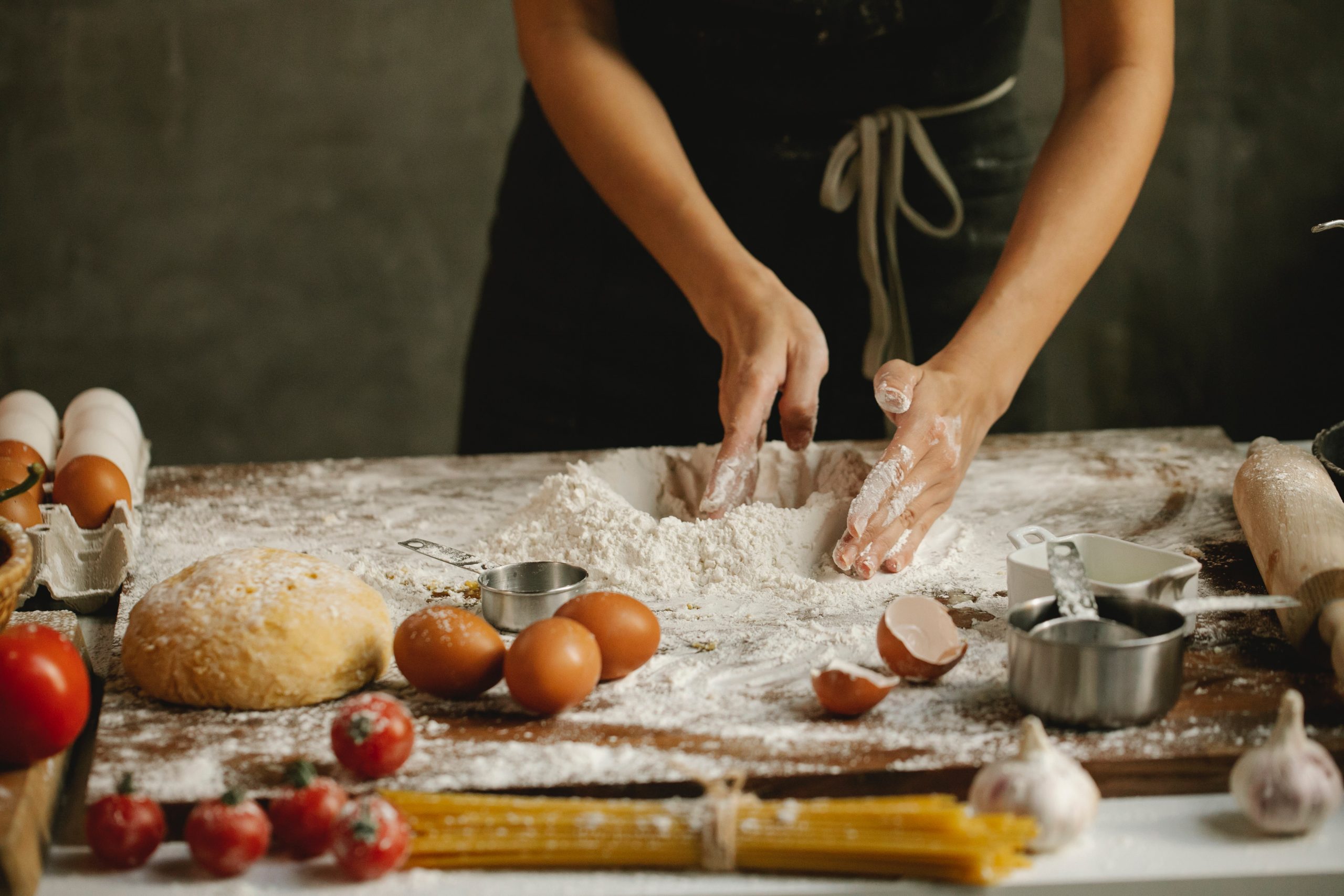Gastronomy as a form of cultural expression
Gastronomy is much more than a mere source of sustenance. It is a language, an artistic expression deeply rooted in the cultural identity of a people. Through its flavors, aromas, and culinary techniques, gastronomy transcends borders, allowing us to explore and understand the richness of the cultures that create it. On this occasion, I am pleased to discuss with you a deeper perspective on this industry, and how it is more than just a basic necessity; it is a way of communicating, sharing, and celebrating. Gastronomy as a Reflection of Cultural Identity A region's cuisine mirrors its history, traditions, and values. Each dish, each ingredient, tells a story about its place of origin. For example, Mexican cuisine is a blend of flavors and cooking techniques from pre-Hispanic, European, and African cultures, while French cuisine is known for its sophistication and use of high-quality ingredients. Both are historical archives where the influences of past generations are found. Gastronomy as a Form of Communication In a globalized world, gastronomy has become a bridge that connects people from different backgrounds. Eating together is a way to build bonds and understand cultural differences. When we share a meal prepared with love and care, we engage in a silent conversation
Women entrepreneurship in the gastronomy industry
In the midst of the 21st century, the gastronomy industry remains a battleground where women strive to carve out their place in a world dominated by deeply rooted gender stereotypes. While women are often the queens of the kitchen in our homes, the most prestigious and visible positions in renowned restaurants are predominantly occupied by men. According to data from ONU Women (2020), less than 4% of chefs with three Michelin stars (the highest culinary distinction) are women. This imbalance is undeniable and reflects a reality that, despite social advancements, still persists. María Canabal, a journalist and founder of Parabere Forum, presented an even more revealing perspective at the 2017 Paralelo Norte forum: 93% of those who cook at home are women, 48% of culinary school graduates are women, and 39% of restaurant cooks are women, yet only 18% of women in the industry are chefs, that is, head chefs. This stark gap between women's presence in the kitchen and their representation in leadership positions highlights the challenges faced by women entrepreneurs in this sector. Let's delve into some of the main challenges: - Gender wage gap: women often earn less than men for the same work. - Inequality in task distribution: women still


